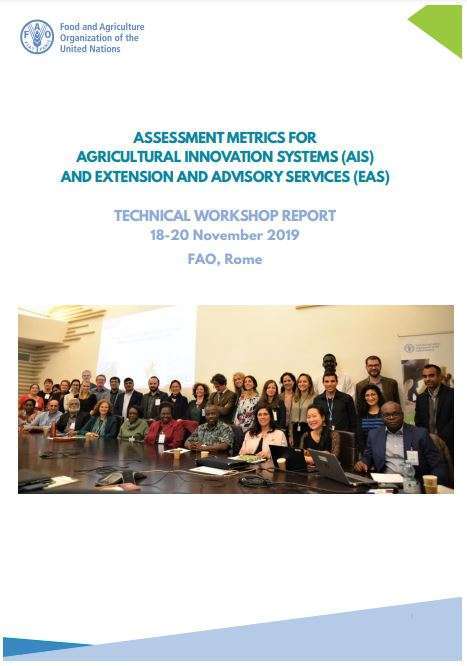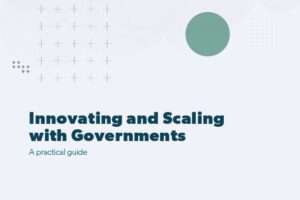Innovations in agriculture emerge from collective action, which accelerates the pace and enhances their impact on the agrifood sector and farming communities. Multi-actor engagement requires a systems approach to upscale innovations. Innovation outcomes such as increased agricultural productivity, sustainable management of natural resources, improved livelihoods, and food and nutrition security are largely dependent on the effectiveness and performance of agricultural innovation systems (AIS) and the real impact those brought to the farming community.
While an AIS perspective has been widely adopted by international development organizations and put in use by many countries, most of these countries have a long way to go towards having wellfunctioning AIS in which all subsystems, such as research, education and extension, and actors, both public and private, interact and collaborate effectively. There is therefore a need for an assessment of AIS and a proper diagnosis of the interrelations among different actors, institutions, policy and socio-economic environment at the country level – something which was recognized during the first International Symposium on Agricultural Innovation for Family Farmers, which took place on 21-23 November 2018 at FAO headquarters1 . The AIS assessment should generate evidence-based information for improved decision-making, and support the formulation of policy, by collecting quantitative and qualitative data and information on key features of AIS. Without adequate assessment of the properties and performance of an AIS and its sub-systems, such as the agricultural extension and advisory services (EAS), it is difficult for policy-makers and practitioners to design approaches, promote policies and investments that foster greater innovation in agriculture2 . Guidelines and methodologies are pertinent to assess the properties and performance of AIS and EAS. Furthermore, as countries face difficulties and capacity constraints to elaborate those methodologies and valorize the diagnosis’ findings by themselves, it becomes increasingly evident that a tailored global tool to assess agricultural innovation and support systems around it is thus needed.





Add Comment